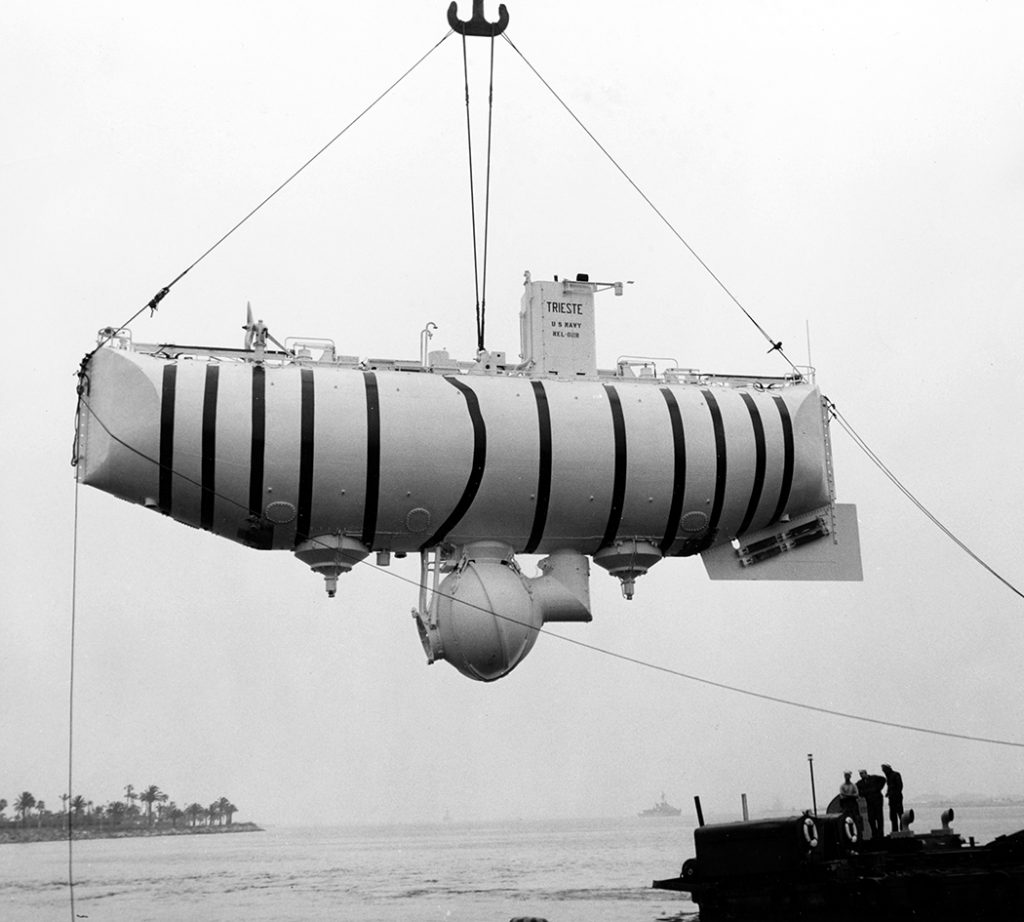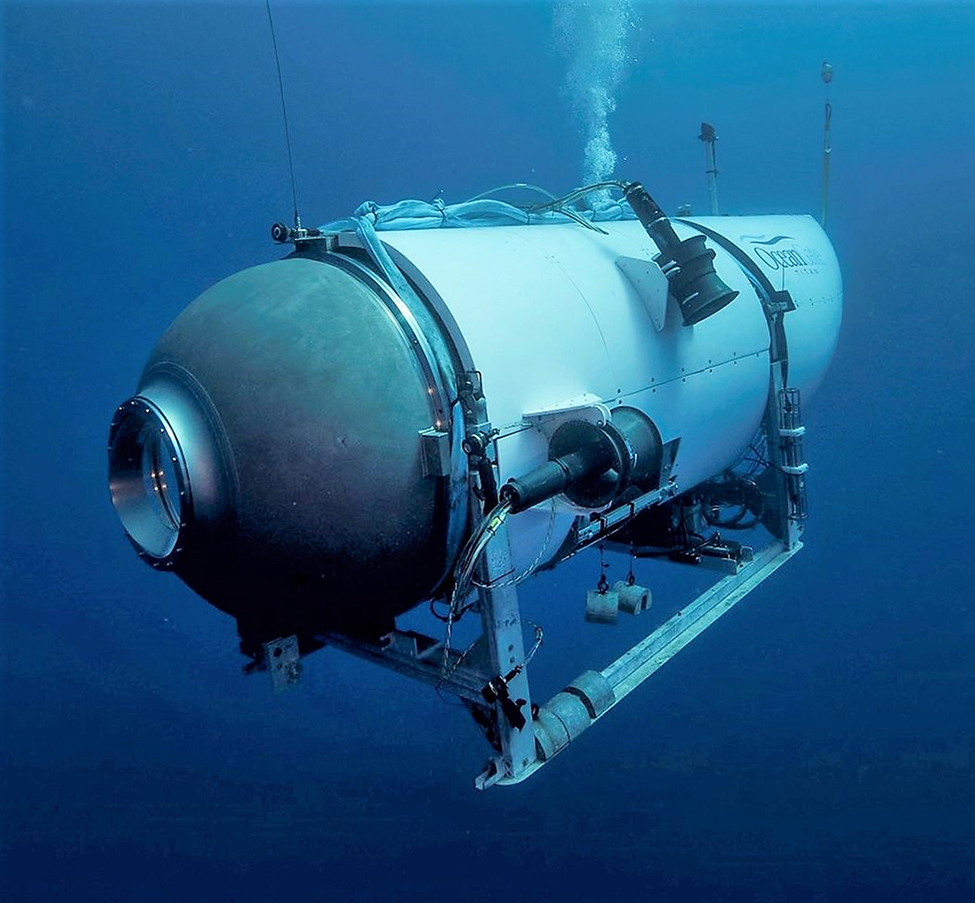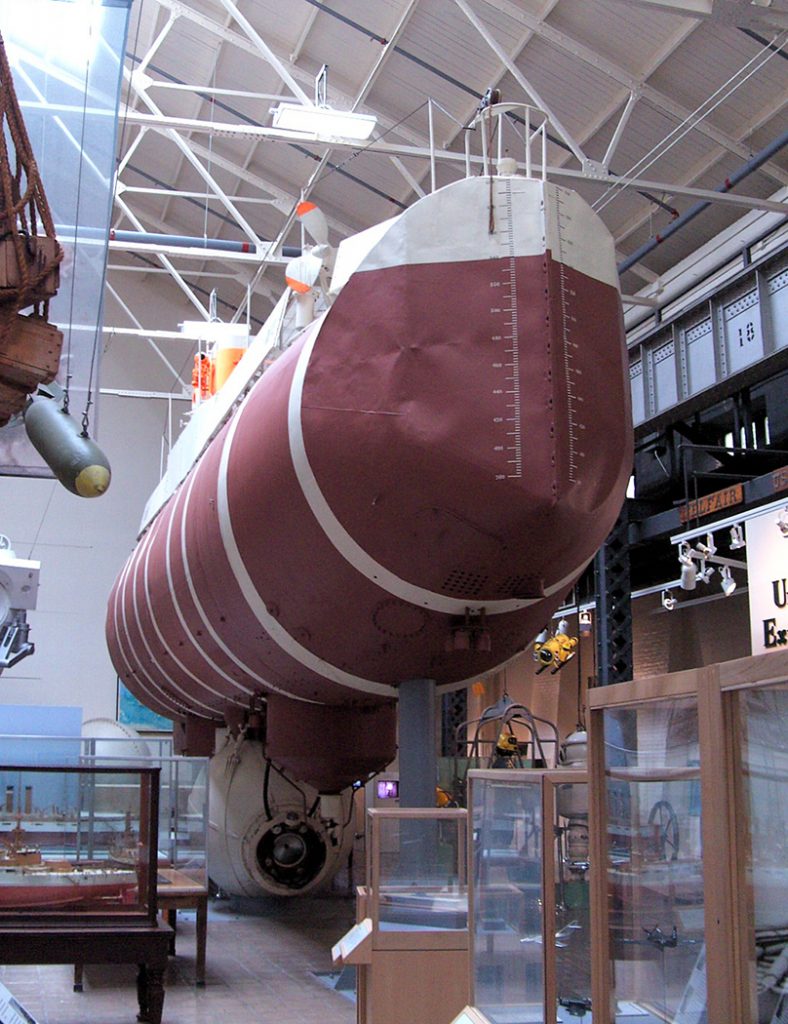
In June 2023 the “Titan” submersible imploded near the wreck of the Titanic. The news stories about the tragedy featured experts on submersibles that used terms that were foreign to me, which made me curious about underwater exploration. Most of us know more about space than we do about the hydrosphere, which is the term used to describe the water sources on Earth, including the water on or surrounding the surface of the globe and the water in the atmosphere. The interest in the vast deep oceans that make up 70 percent of Earth’s mass has been there since the beginning of time. Until Christopher Columbus sailed to the Americas, most scientists thought the Earth was flat. Once the knowledge that the Earth wasn’t flat was proven exploration of Earth began. During the Victorian era, Great Britain had explorers checking out every nook and cranny. In 1875, Charles Wyville Thomson of the HMS Challenger, first plumbed the depths of the oceans with a weighted sound rope. He found the deepest part of the ocean, the Mariana Trench, at approximately 4,475 fathoms (over 5 miles) deep. Most sailors and experts thought that the ocean depth of five miles could only be a desert – nothing could live in the total darkness and extreme pressure. In 1960 the United States Navy funded a dive on the Trieste, a Swiss-designed, Italian-built deep-diving research bathyscaphe. It became the first crewed vessel ever to reach the bottom of Challenger Deep in the Mariana Trench, the deepest point in Earth’s seabed. The vessel was piloted by Swiss oceanographer Jacques Piccard and US Navy lieutenant Don Walsh. They reached the bottom, at a depth of 35,814 feet, but only stayed a short while. Today we know more, but only about five percent of the ocean has been explored. The National Oceanic and Atmospheric Administration (NOAA) uses three types of submersibles during their explorations: human-occupied vehicles (HOVs), remotely operated vehicles (ROVs), and autonomous underwater vehicles (AUVs). There are many trenches in the ocean, but three of the deepest are the Mariana Trench of the Pacific Ocean, the Molly Deep of the Arctic Ocean, and the Puerto Rico Trench of the Atlantic Ocean. In just a few hundred years, we have come from a flat Earth with sea monsters to an ocean teeming with life. Nature is amazing. We think we know so much, and yet we are still in the infant stage. Many think the Earth is getting old, but in reality, the Earth meets every challenge and slowly teaches us the profound beauty of creation.


